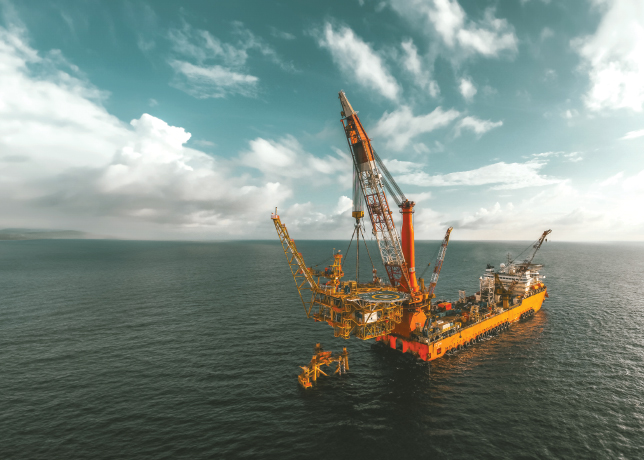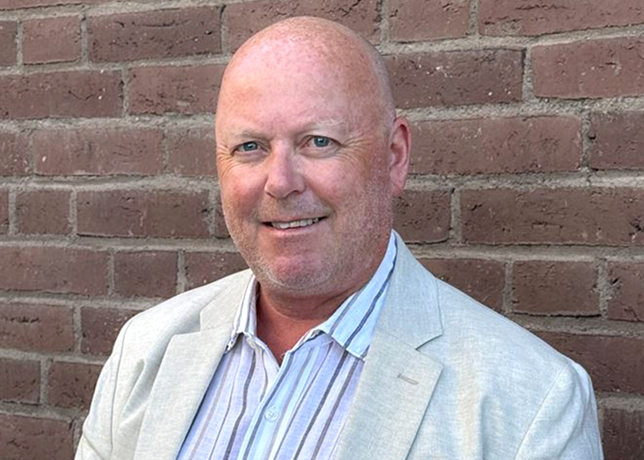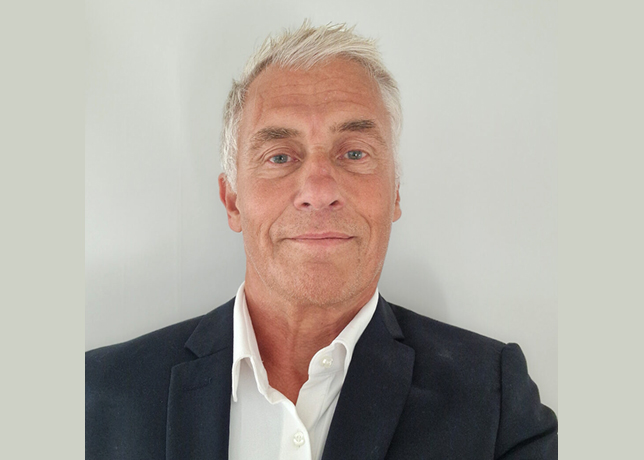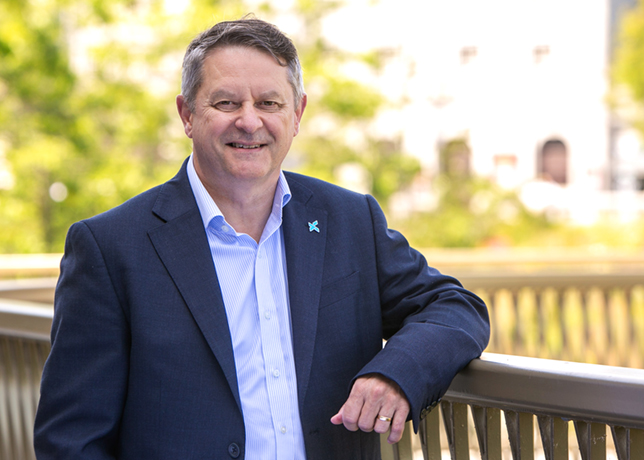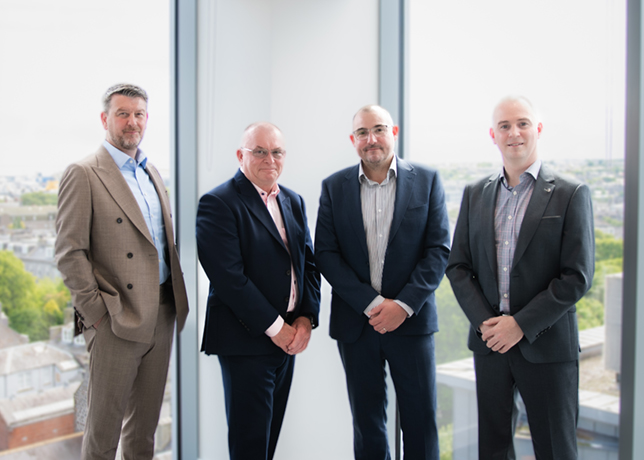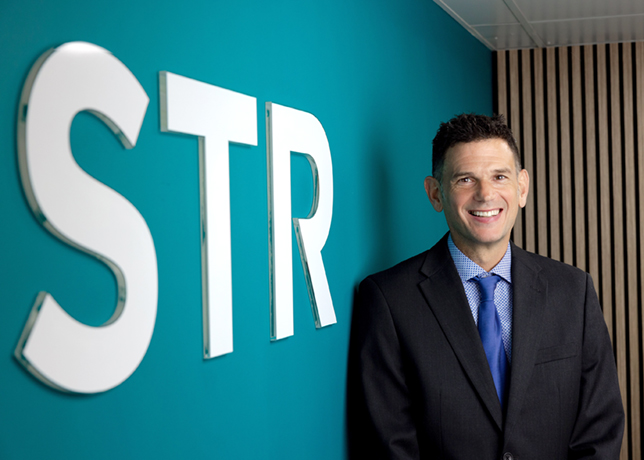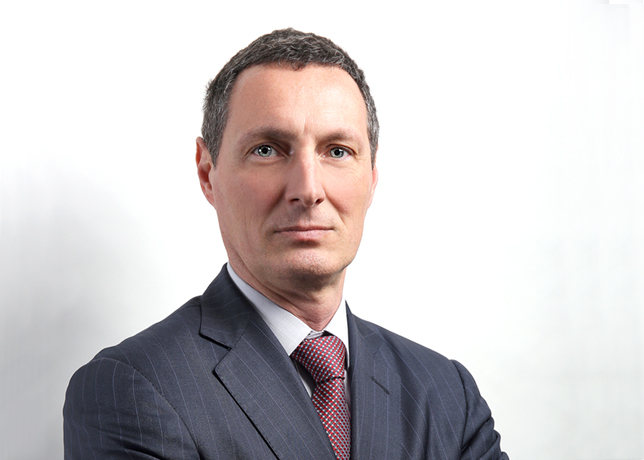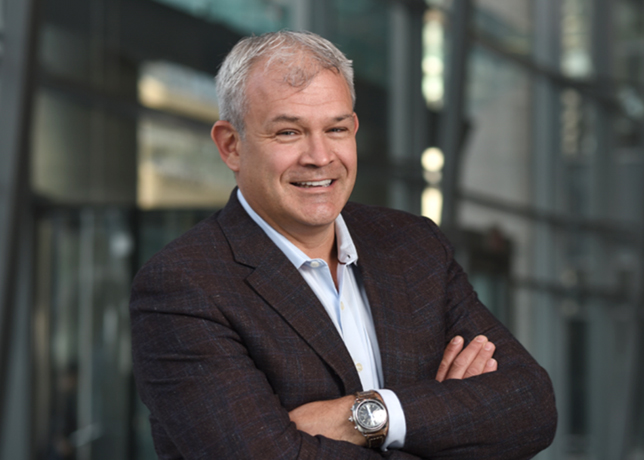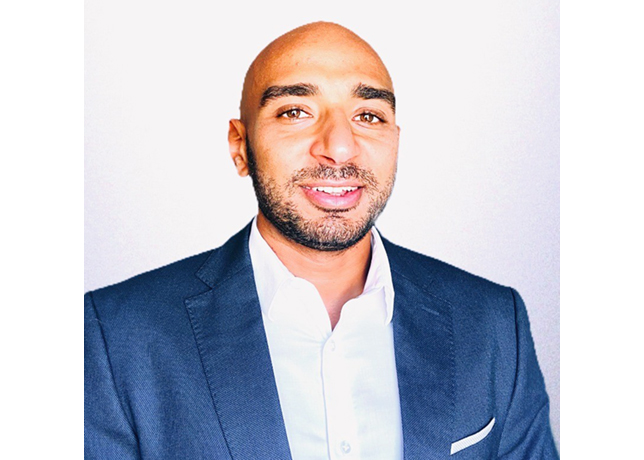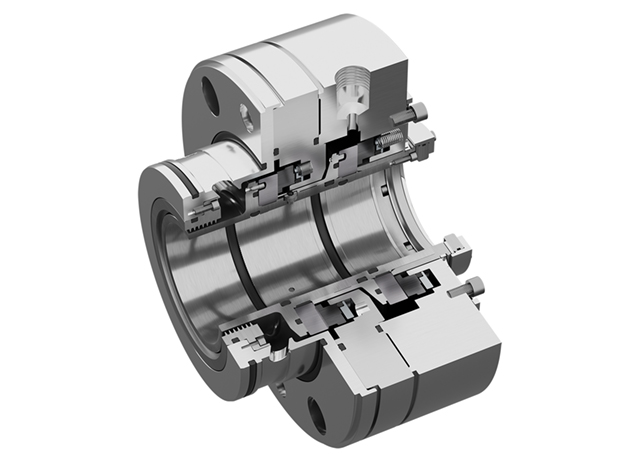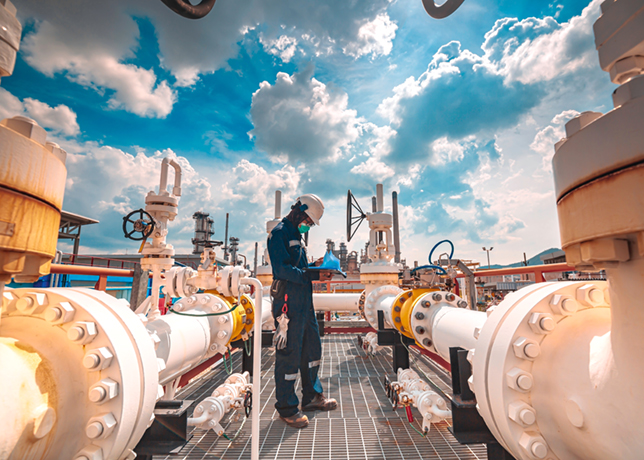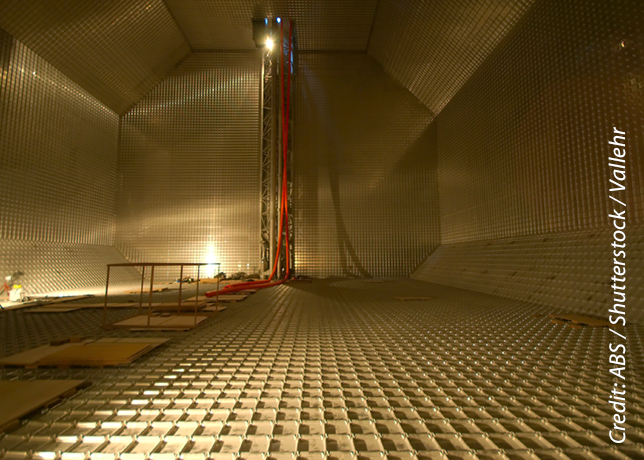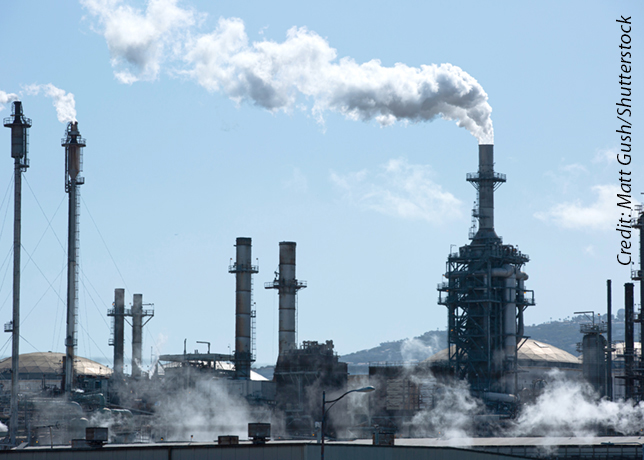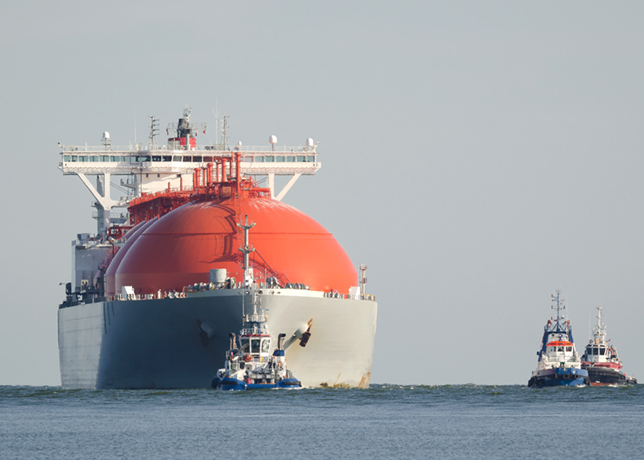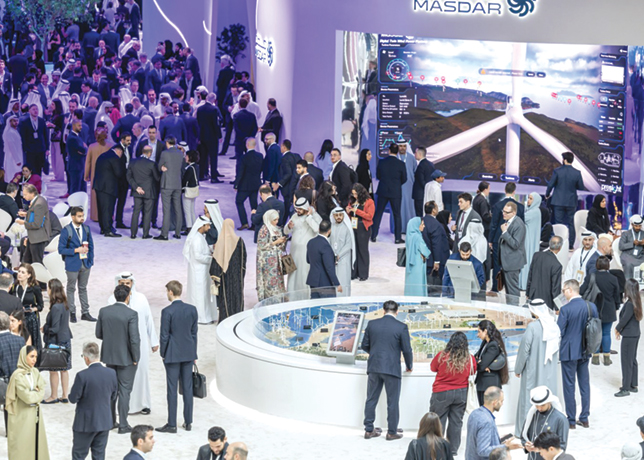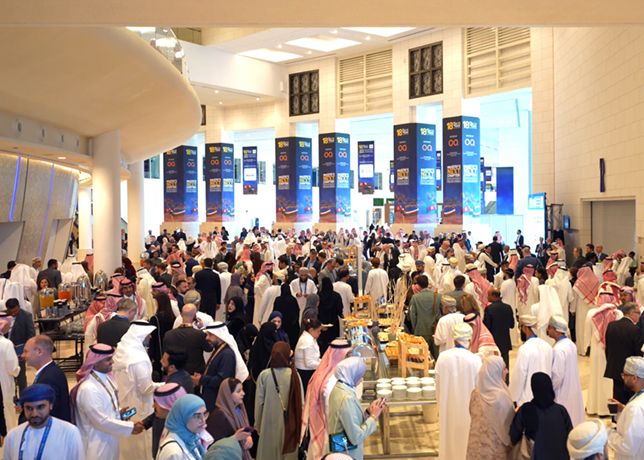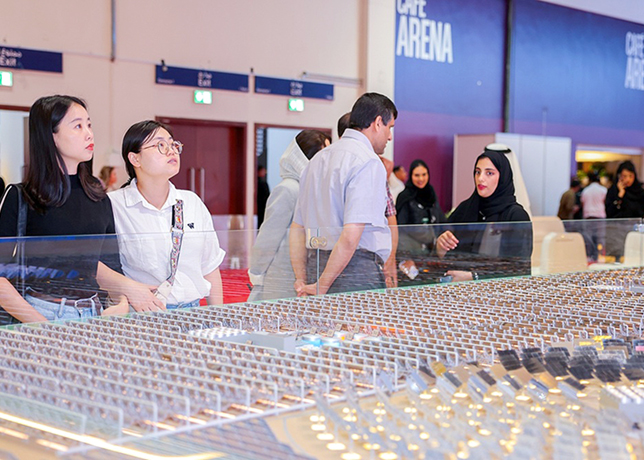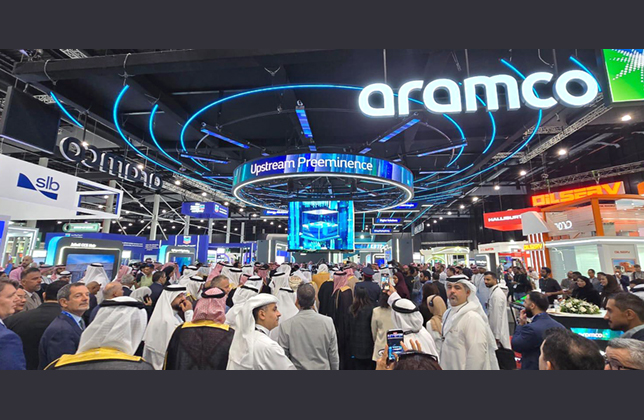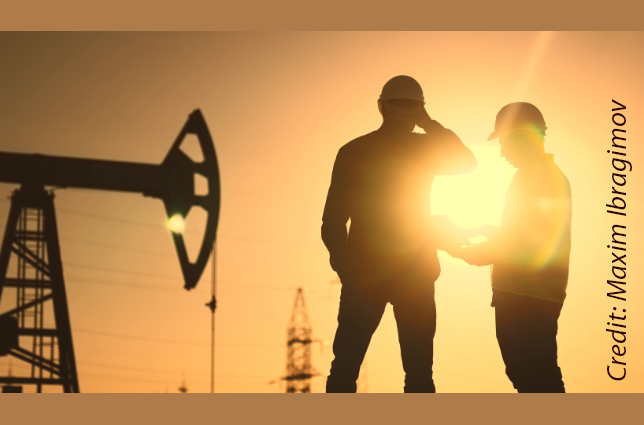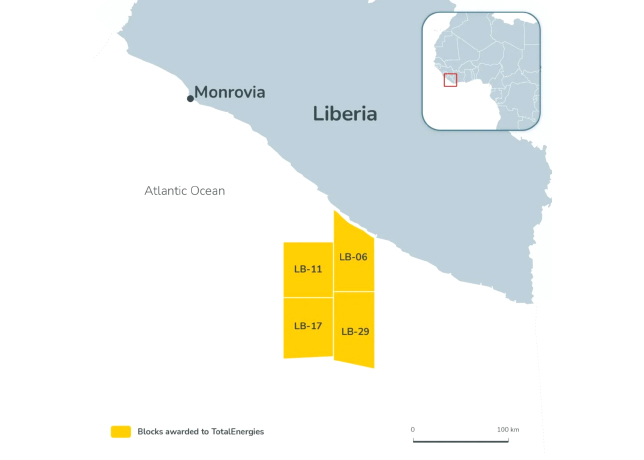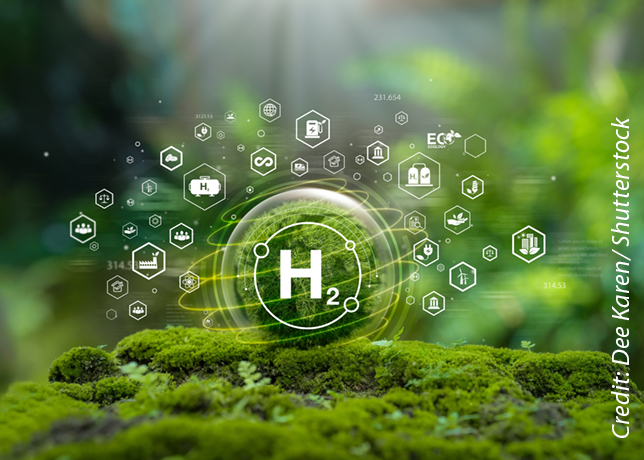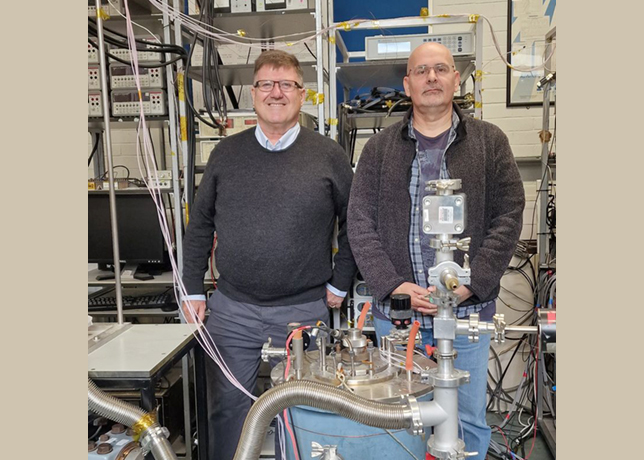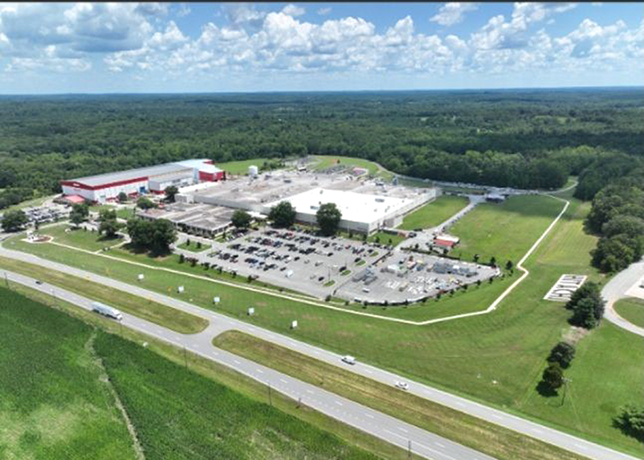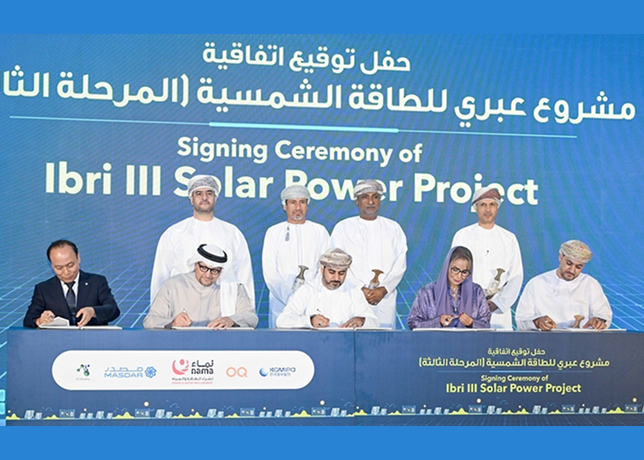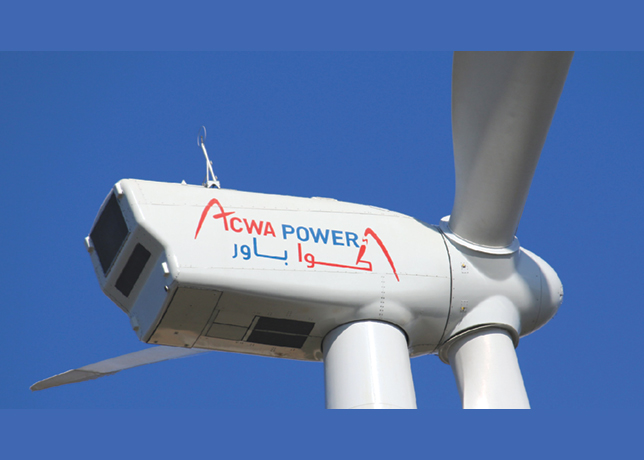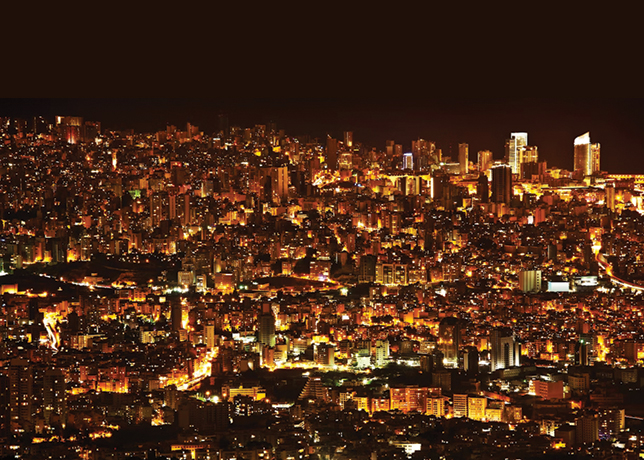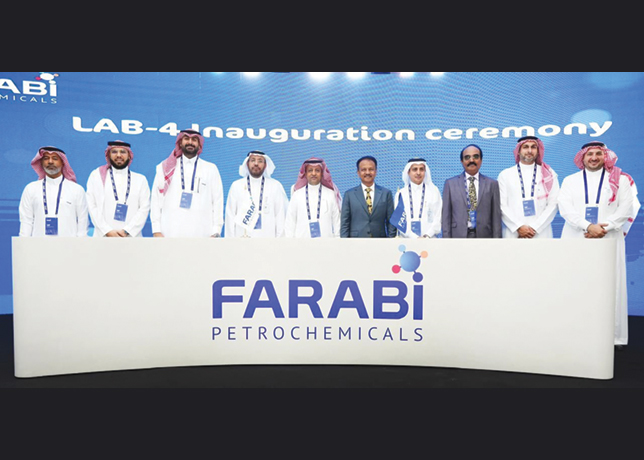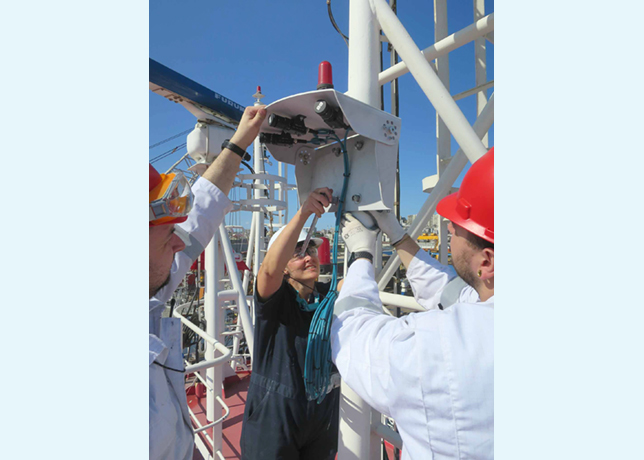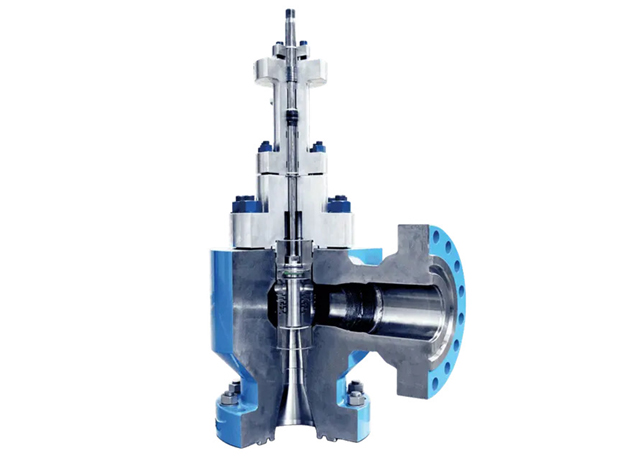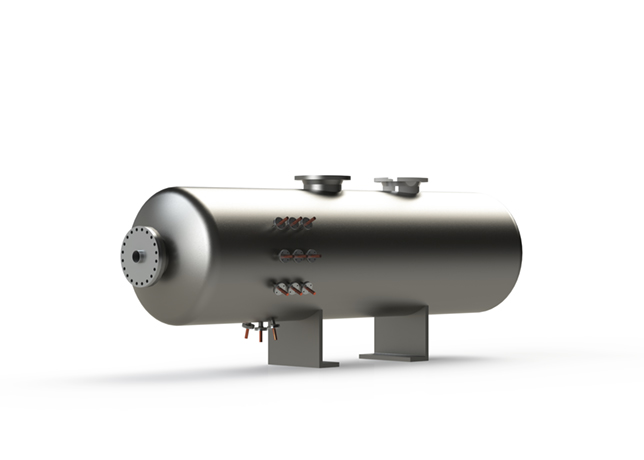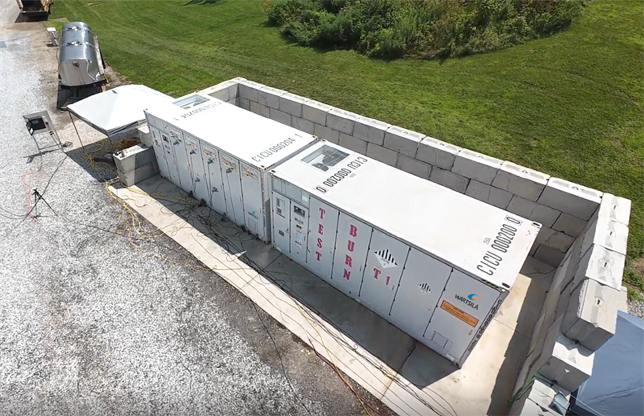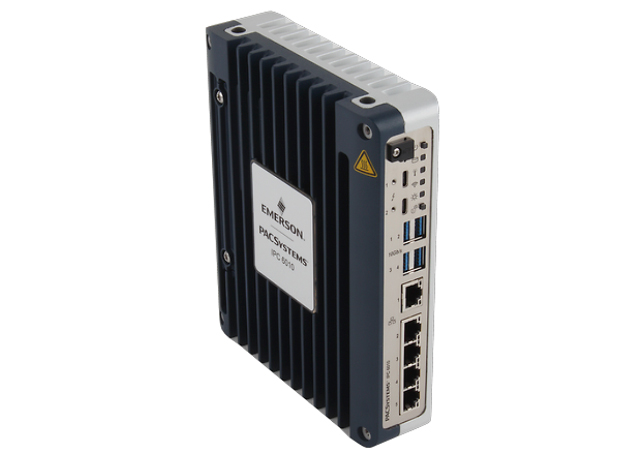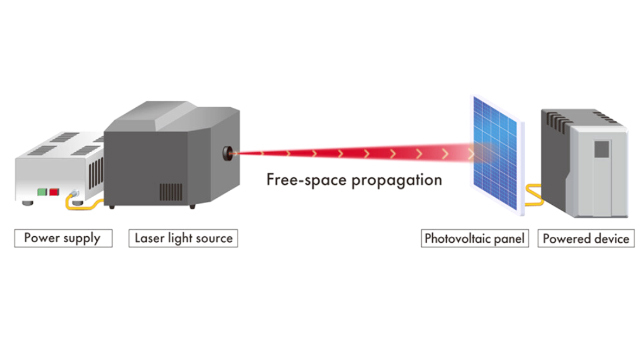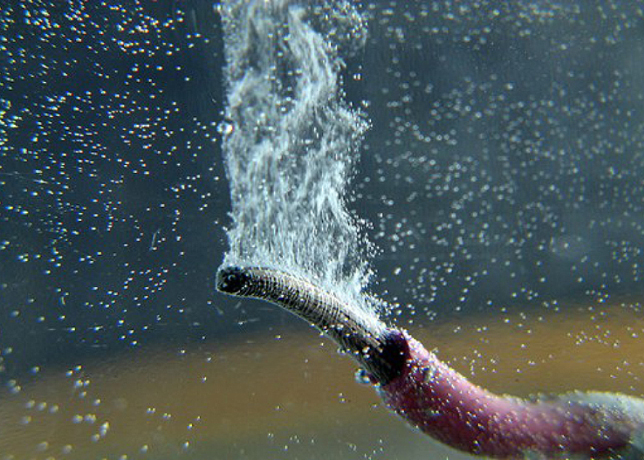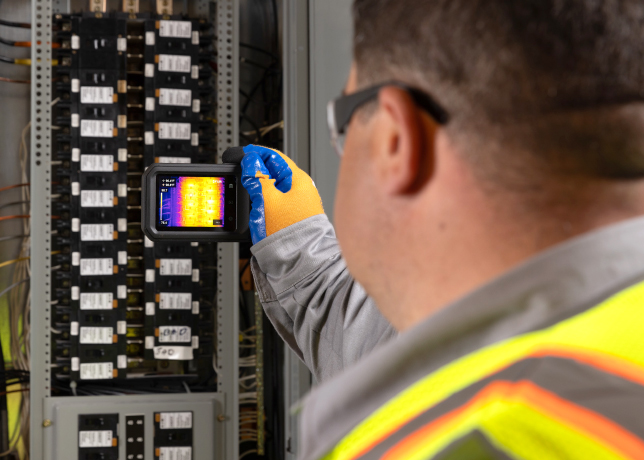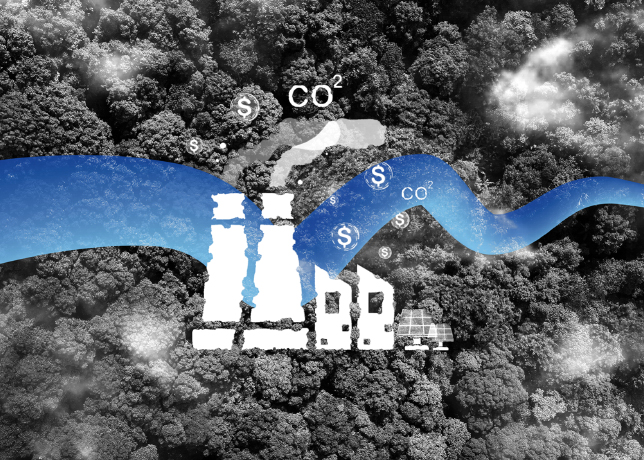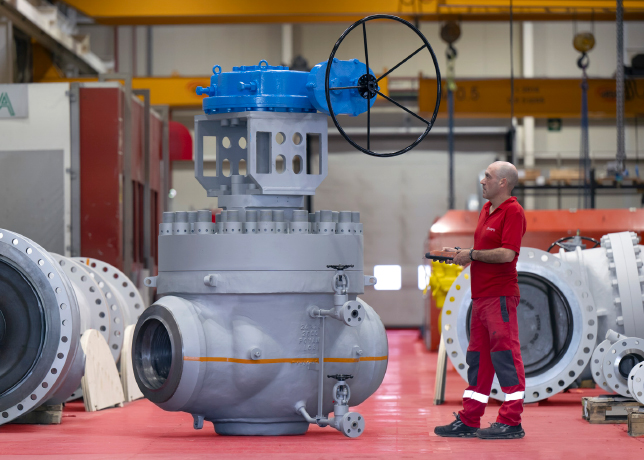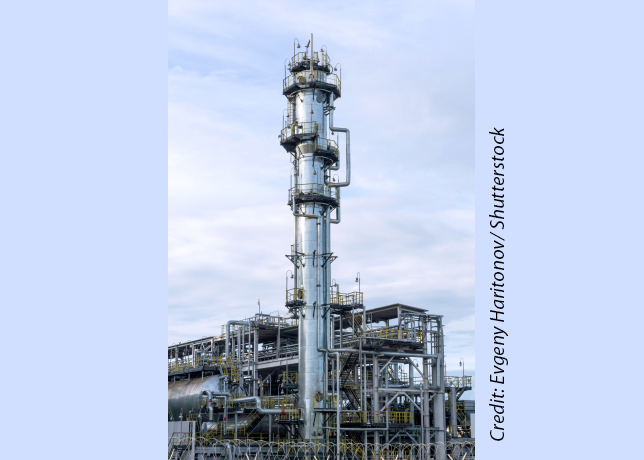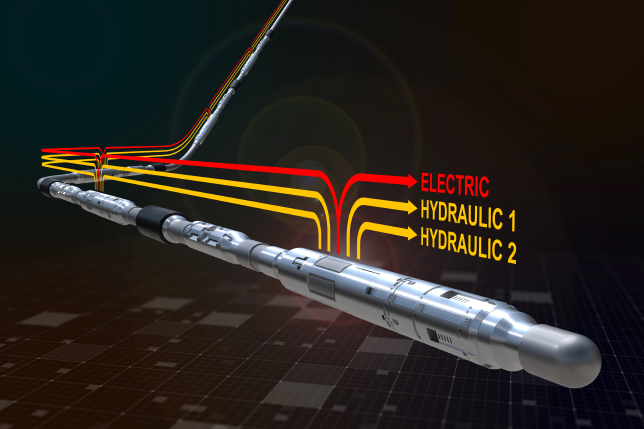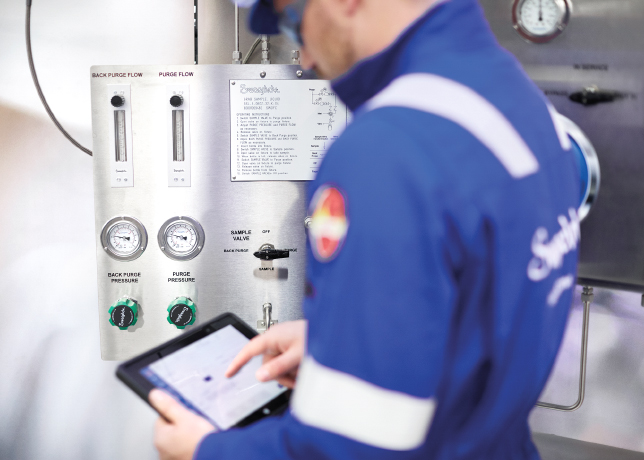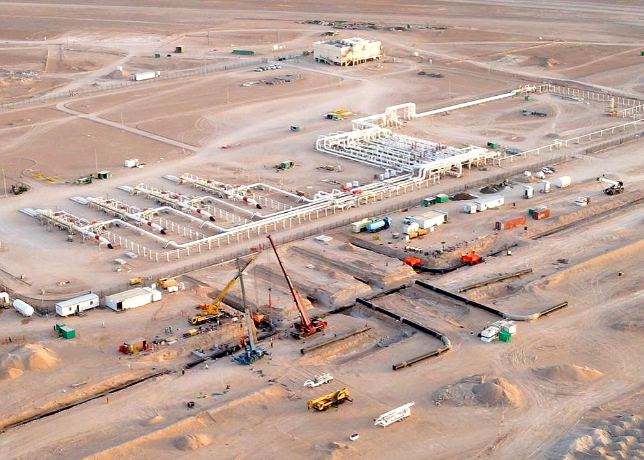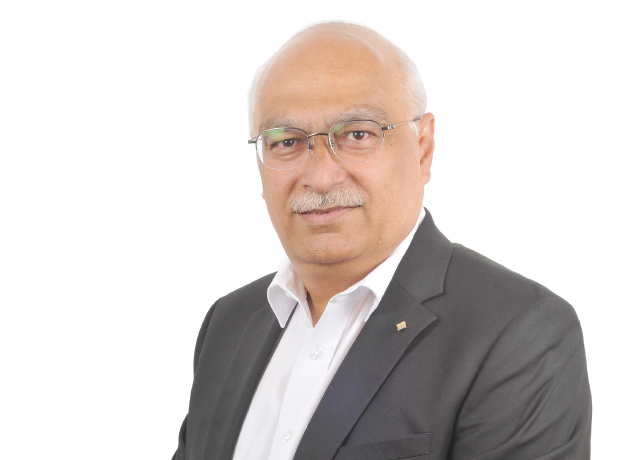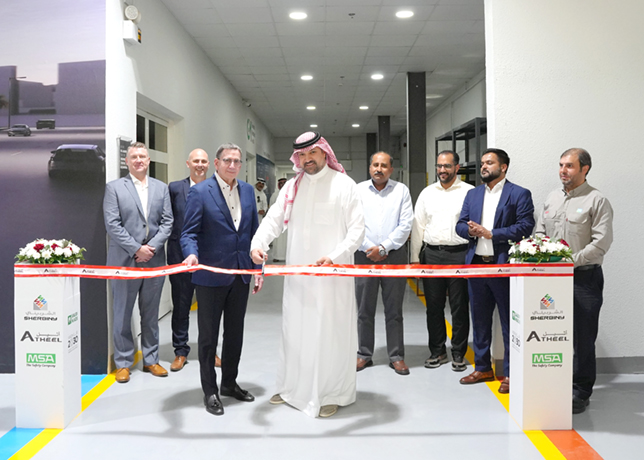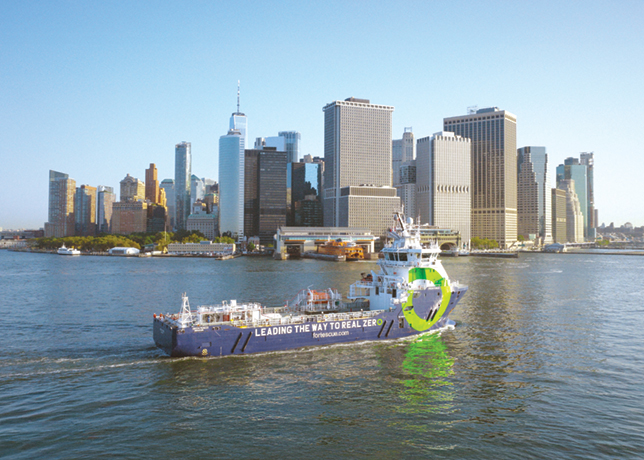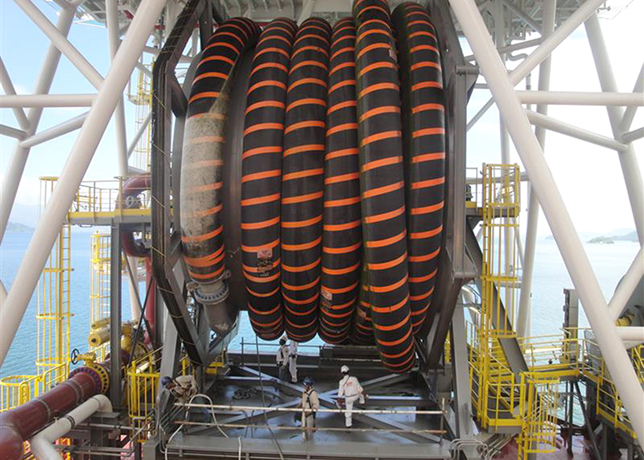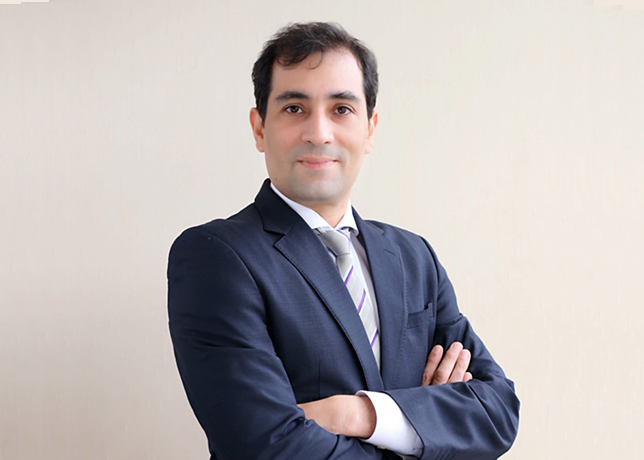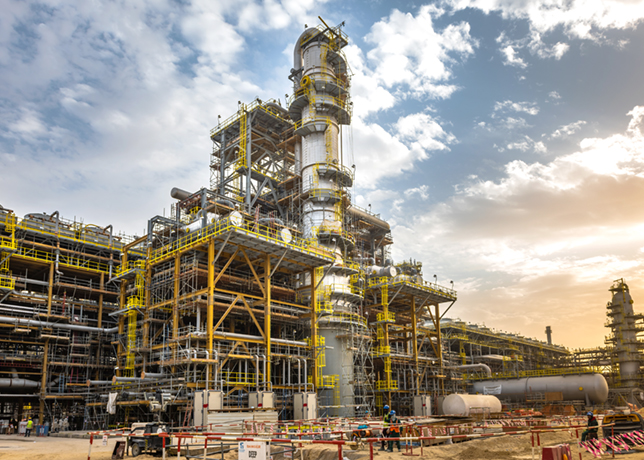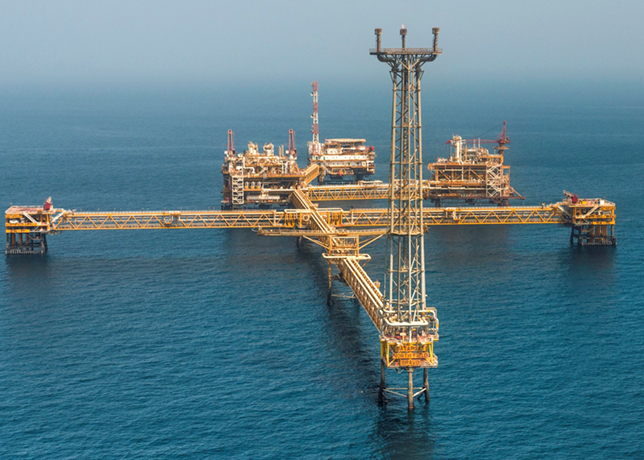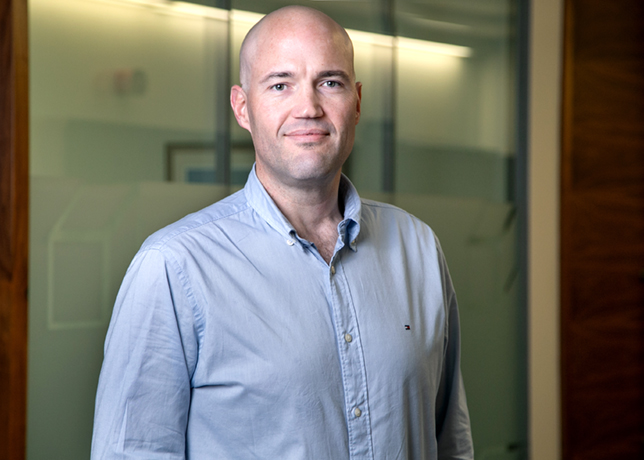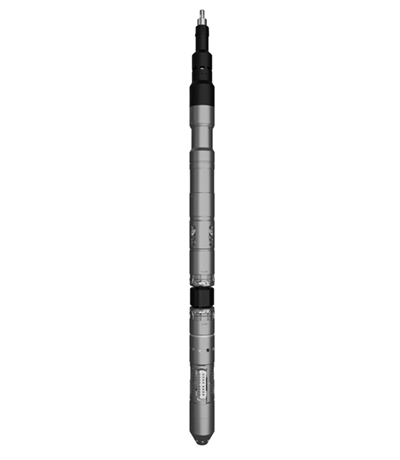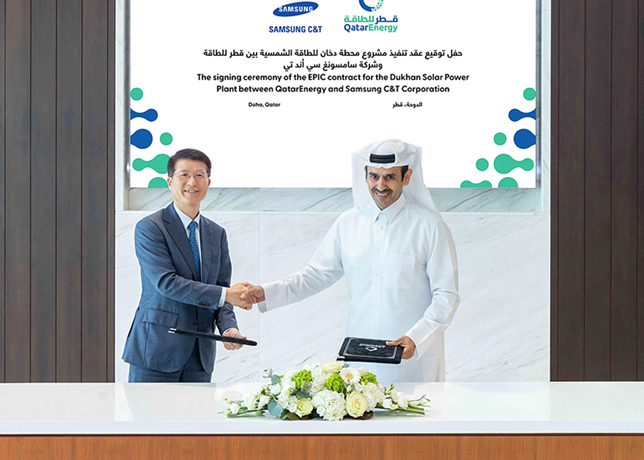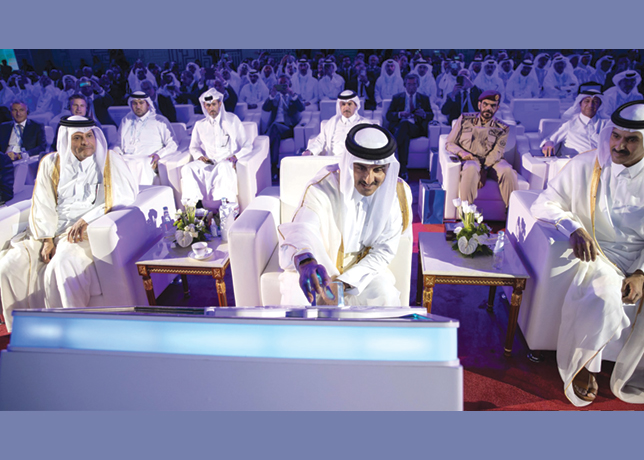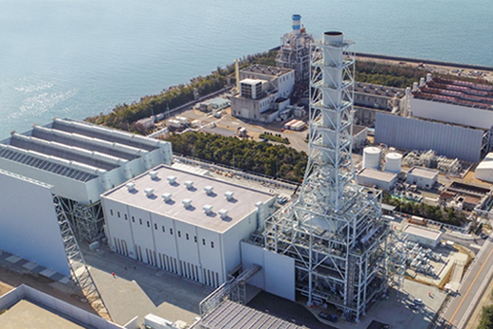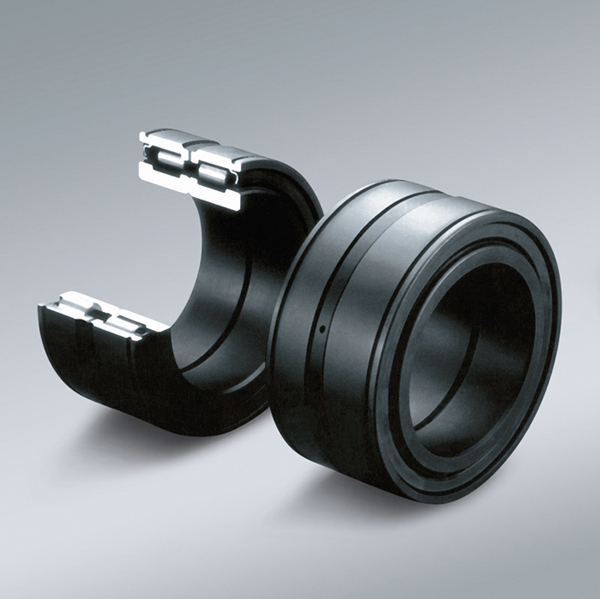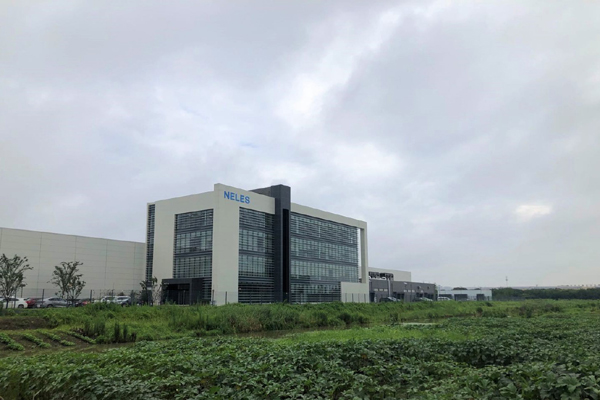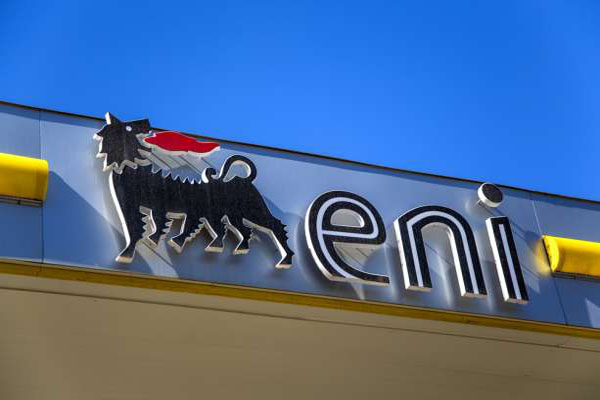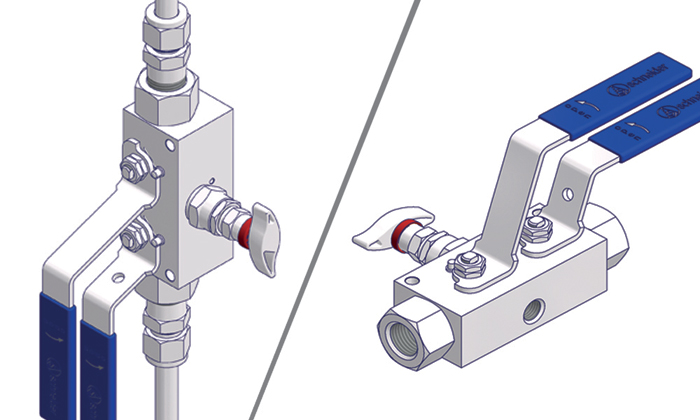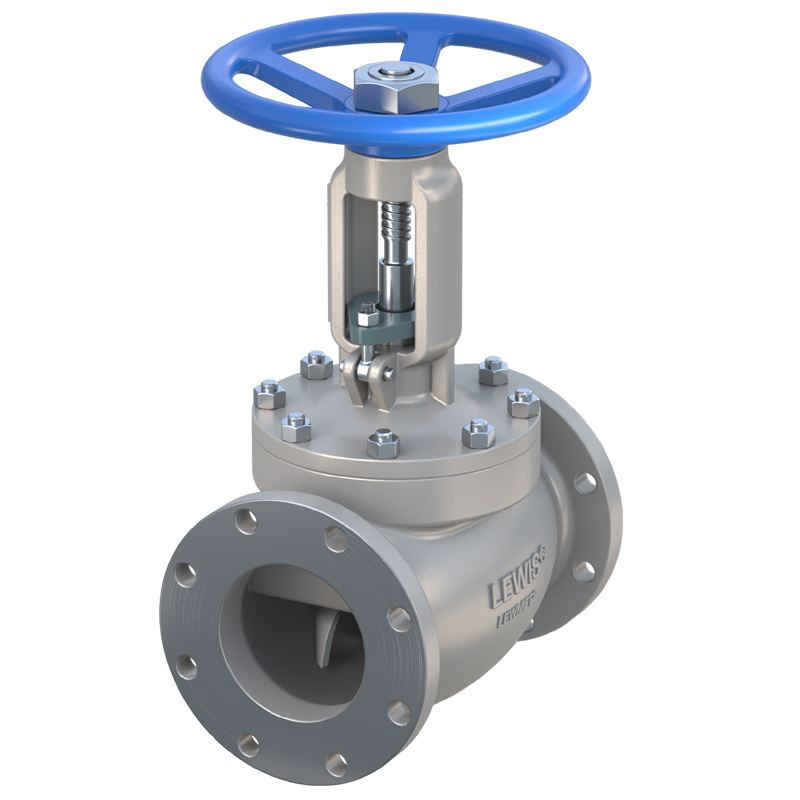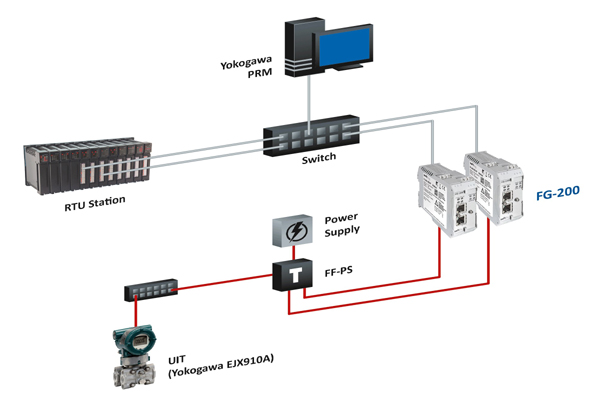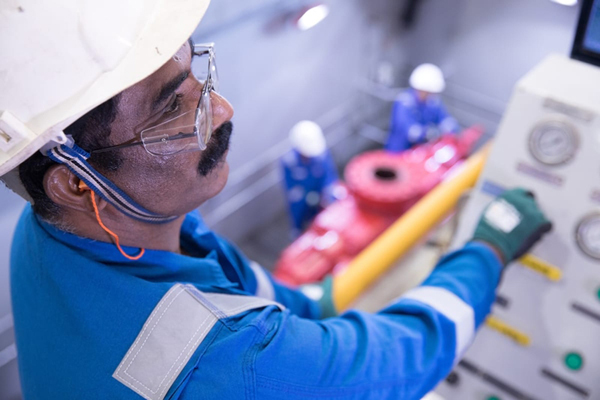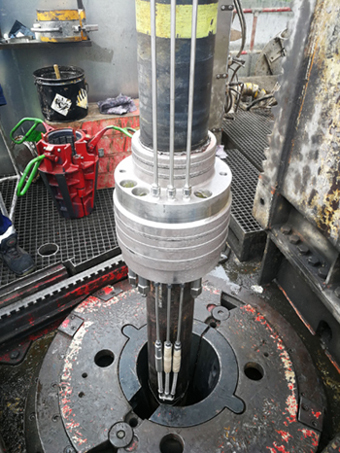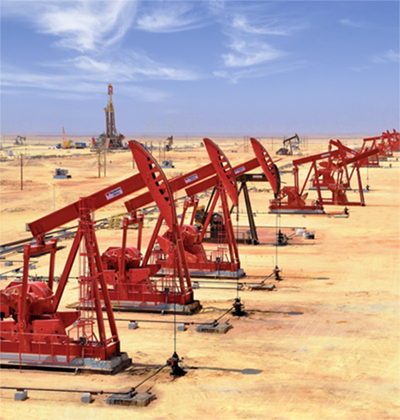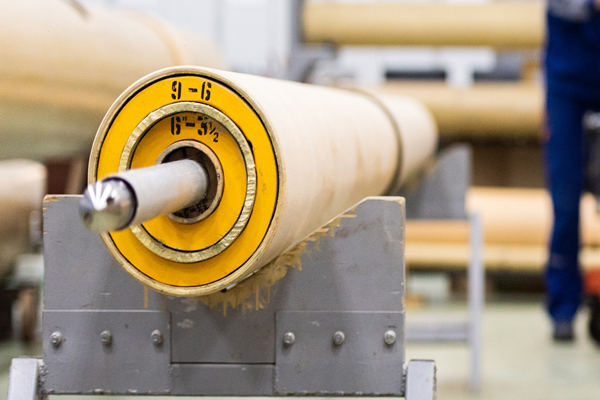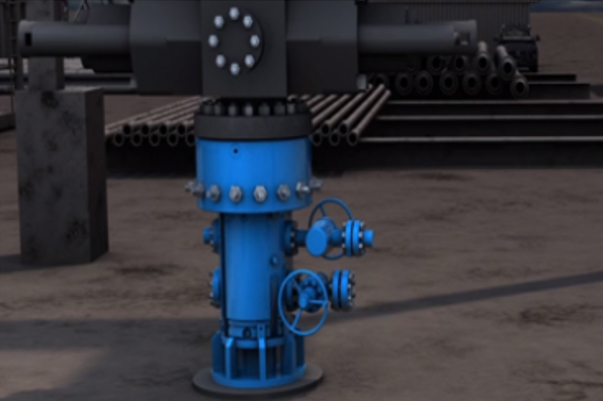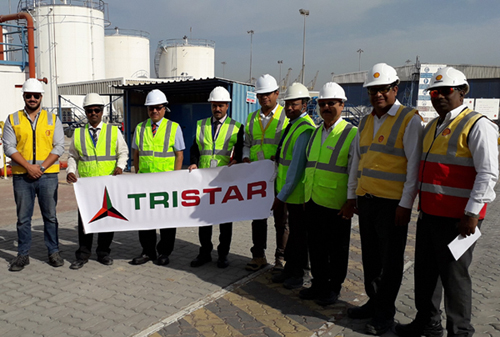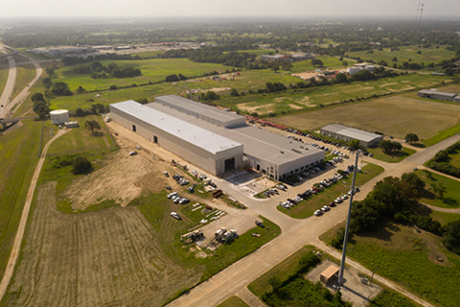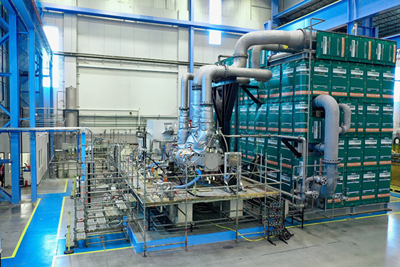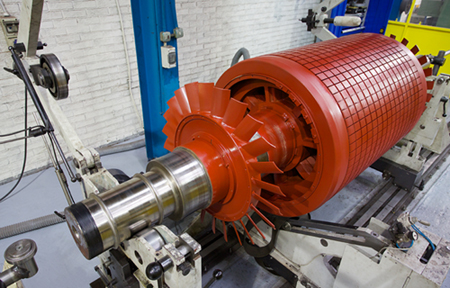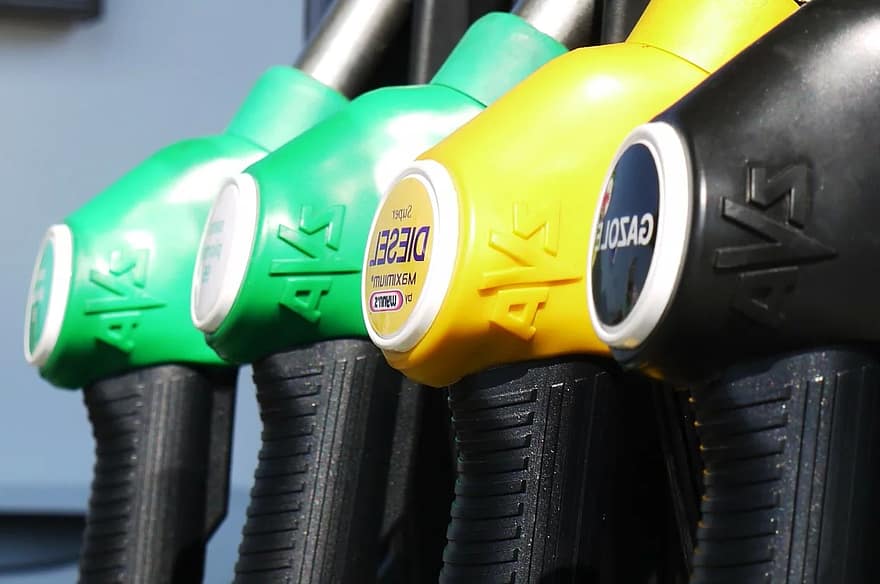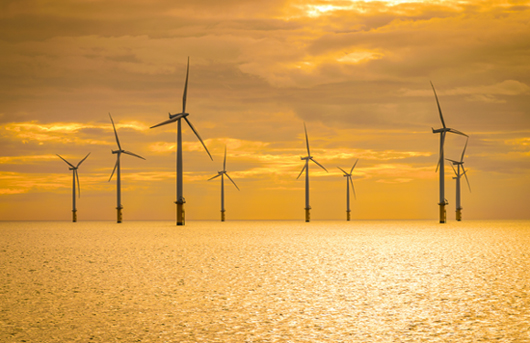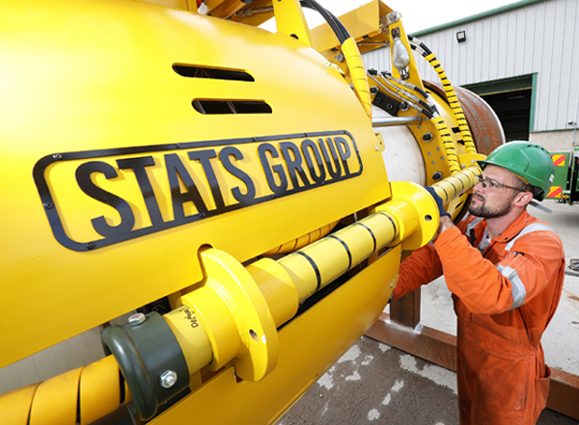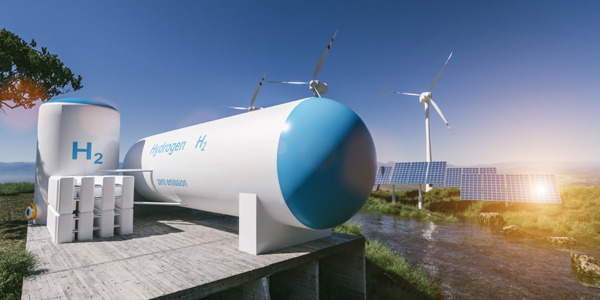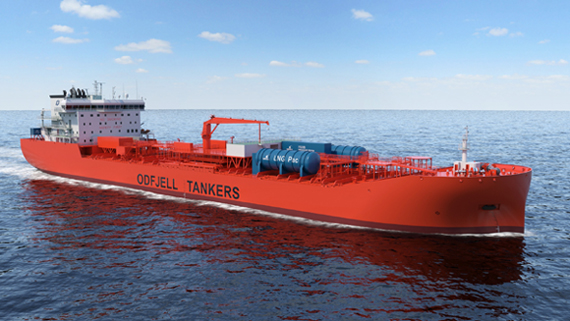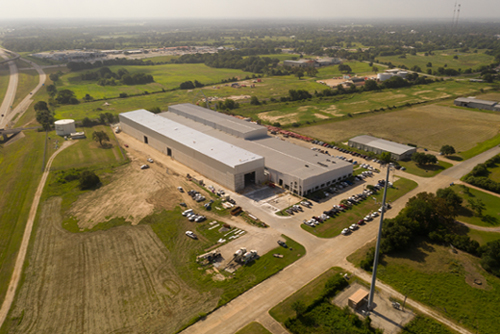
 The Vela fleet ... reliability offered
The Vela fleet ... reliability offered
In 1984, when Saudi Aramco established its shipping subsidiary Vela International Marine Ltd., it was a modest but hopeful endeavour consisting of four second-hand tankers and a mandate to ship the company's crude oil.
It's been smooth sailing ever since for Vela, whose name - it means 'sail' in Latin - is derived from a namesake cluster of stars in the constellation Argo Navis in the southern hemisphere. Most of the ships are named for one of the cluster's stars.
Today, Vela is the world's newest and one of its largest crude oil and product tanker companies, with 23 Very Large Crude Carriers (VLCCs) plying the oceans, and five product tankers (which carry commodities such as motor gasoline, diesel oil, aviation kerosene and residual fuel oils).
In addition, four double-hull, medium-range product tankers of 45,000 deadweight tons (dwt) are being built to replace two existing single-hull ships and two chartered vessels.
Vela now employs more than 1,000 multinational employees of whom 198 are Saudis and ships more than three million barrels per day of Saudi crude oil and other products to customers around the globe.
On September 29 last year, the company marked its 20th anniversary, with videoconference-linked celebrations at Vela's global headquarters in Dhahran and its operations and maintenance hub in Dubai.
At the Dhahran festivities, Saudi Aramco president and CEO Abdallah S Jum'ah said naysayers had been silenced who doubted the company's ability to reliably deliver Saudi crude around the world.
'But, every time that doubt was cast,' Jum'ah said, 'our people in Saudi Aramco, composed of more than 50 nationalities, rose to the challenges and delivered. We have always delivered.'
Jum'ah said Saudi Aramco will continue striving to be the world's most reliable supplier. 'We have the reserves, we have the production capability and we have the stamina of our people who are working for the prosperity of mankind,' Jum'ah said.
'Our objective is really to help the world live better, to see our children, our grandchildren and the children and grandchildren of everybody on this planet Earth to be better economically, health-wise, morally and physically.
'We stand for the prosperity of humanity,' Jum'ah continued. 'And I am calling on all our people to stand for that and make that their objective.'
Vela president and CEO Saleh B Kaki also lauded Vela's professional work force. 'You are the reason we hold a respected position in the industry,' Kaki said.
Vela maintains four main international offices, in Dhahran, Dubai and Jeddah, plus a service agreement in London. Vela's world headquarters is located with its parent company, Saudi Aramco, in Dhahran, less than 10 miles from the Arabian Gulf coast.
The operations and maintenance complex for the crude-oil fleet is headquartered in Dubai, and the Jeddah office oversees operations and maintenance of the product tanker fleet serving Saudi Aramco ports on the Arabian Gulf and Red Sea. The London office handles marketing and international activities.
Saudi crude is transported via Vela from the Kingdom to North America, Europe and Asia.
The primary route for United States-bound VLCCs is from the ports of Ras Tanura and Ju'aymah on the Arabian Gulf or from Yanbu on the Red Sea to the Gulf of Mexico in the United States. The oil is discharged and lightered at U.S. offshore terminals or Caribbean storage facilities.
Alternatively, oil is shipped by tanker around the African cape or pumped through Sumed, the Suez Mediterranean Pipeline, then shipped to Europe. Vela's fleet of refined-product tankers, from 5,000 to 90,000 dwt, make some 800 voyages a year to load and deliver products to various Saudi Aramco ports in the Kingdom.
Saudi Aramco's port terminals handle more than 4,000 tankers per year.
Terminals are located at Ras Tanura and Ju'aymah on the Arabian Gulf coast, and Jiddah, Rabigh, Jizan, Yanbu and Duba on the Red Sea. Enormous tankfarms at terminal complexes supply crude oil, natural gas liquids (NGLs) and refined products to docking tankers.
Since Saudi Aramco's first terminal opened in 1939, in Ras Tanura, the company has ambitiously expanded, enabling its terminals today to service the largest crude and NGL tankers afloat.
The company takes extensive measures to minimise the risk of spills from its ships, marine terminals and visiting tankers.
Terminal facilities are maintained to impeccable standards, and stringent loading procedures are followed to protect against spills.
Saudi Aramco also maintains a high level of preparedness to combat and contain any potential spills related to its ships and facilities worldwide. Highly trained, professional harbour pilots (all Saudis) who undergo years of training to be fully certified as pilots - are critical to the movement of tankers at all company terminals.
With the assistance of powerful tug boats and marine vessels, they direct and control the movement of tankers from designated anchorage locations to assigned terminal berths.
Vela's history is sharply ascendant. Early in Vela's first decade of existence, the Saudi government and Saudi Aramco recognised that the future of reliable hydrocarbons delivery lay in building an in-house fleet to ensure customers an uninterrupted supply.
The company ordered 15 new VLCCs built to exacting specifications, and all were delivered in less than two years, from September 1993 to March 1995 - completing the world's largest single-client shipbuilding project in more than 20 years.
The tankers, ranging in size from 291,000 dwt to 305,000 dwt, were built in shipyards in South Korea (Hyundai), Japan (NKK TSU and Mitsubishi) and Denmark (Odense).
Ahmed S Humaid, who was Saudi Aramco's senior vice president of Industrial Relations during the tanker building spree, characterised the successful program as 'a quantum leap.'
Humaid served as sponsor and president of the vessel holding company, of the first and last ship delivered in the ambitious programme.
Vela's own specifications for its tankers exceed industry standards and include substantial extra steel, coatings and system controls. Each ship is fitted with more than 80 miles of piping and electrical cables.
Since that time Vela has grown well beyond its founders' original vision. Today, Vela is not just a very reliable shipping company but it is also an industry leader. From Vela's first use of Condition Assessment Programs to ensure vessel quality, Vela has been a trend setter. Now the IMO and EU have regulations in place to make what Vela first set as its own operating practice the standard for everyday operation.
The shipping giant also has stringent safety and security standards.
Thus, Vela's growth has continued both in physical size and influence. Vela completed a programme that added four new double-hull VLCCs and one AFRAMAX (100,000 dwt) tanker. Over the next two years, Vela will add four more 'handy-sized' 45,000 dwt products tankers.
The name Vela is apropos given its history. Like the sail in the constellation Argus it is named for, Vela is driving itself and the industry to new highs in excellence, safety and service.




